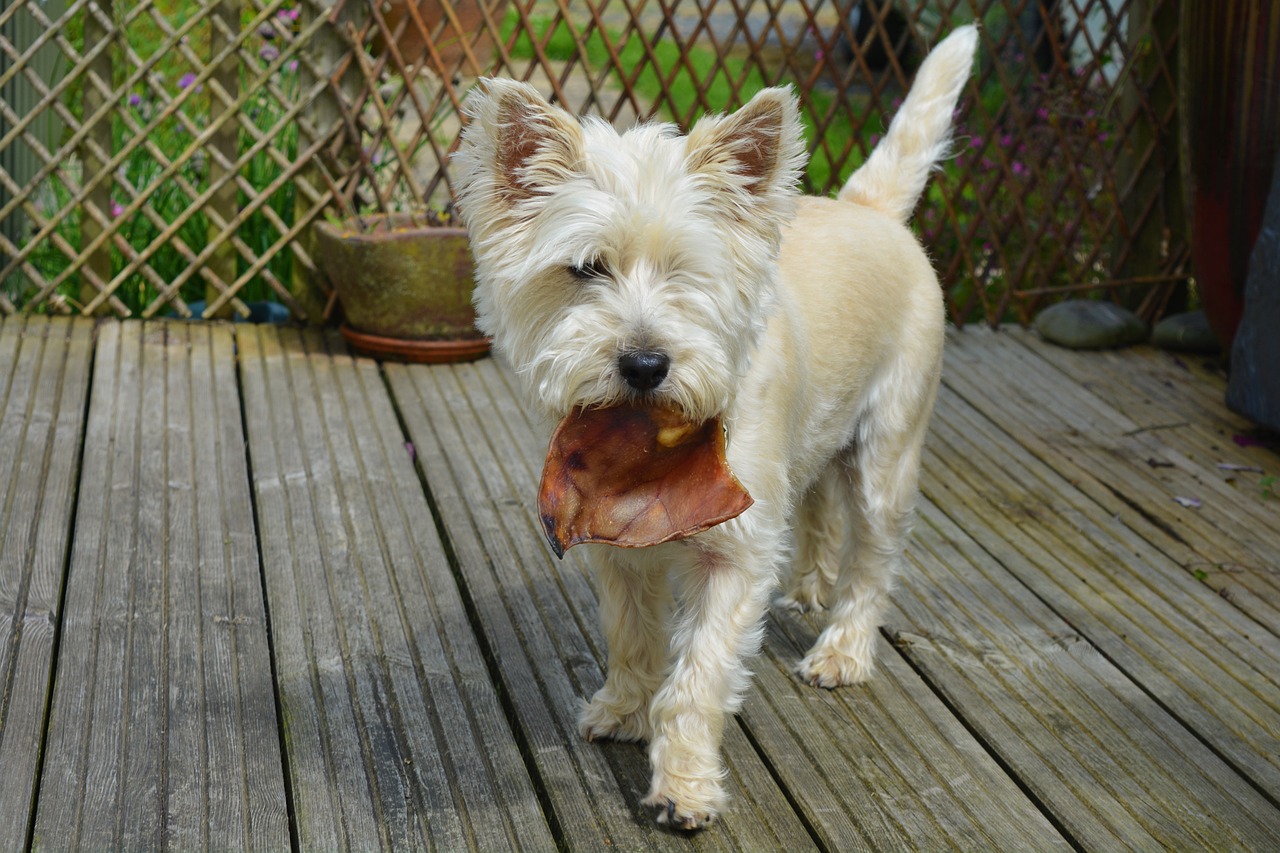Dogs are known for their endearing personalities and unique behaviours, some of which can be pretty quirky. These habits, ranging from the amusing to the perplexing, often leave owners both bewildered and charmed. Understanding the meaning behind these irregular habits can provide valuable insights into a dog’s emotional and physical well-being, strengthening the bond between pet and owner. Whether it’s an amusing head tilt or a curious case of shadow chasing, each behaviour has its roots in a dog’s instinctual behaviour, environment, or even health status. This article explores ten quirky habits of dogs and deciphers what they might mean, offering a deeper understanding of our canine companions’ rich emotional lives.
1. Head Tilting
When dogs tilt their heads upon hearing a sound or voice, it’s adorable and a sign of their attentiveness and curiosity. This behaviour is believed to help dogs better localize a sound, suggesting they try to understand its source or pick up subtle tones in human speech. Head tilting may also enhance their ability to hear more clearly or see the speaker’s face unobstructed by their muzzle.
2. Spinning Before Lying Down
Dogs often spin in circles before settling down to sleep or rest. This behaviour is an evolutionary remnant from their wild ancestors, who would do so to trample down grass, leaves, or snow to create a comfortable resting place. Additionally, it could serve as a way to check the surroundings for threats before lying down, ensuring a safe sleep.
3. Carrying Food to Another Location
Some dogs take food from their bowl and carry it to another location to eat. This habit can stem from their instinct to protect their resources. In the wild, taking food away from the communal area was a way to eat peacefully, away from potential competitors.It also indicates that a dog feels more secure eating in a less exposed or quieter space in a home setting.
4. Chasing Their Tails
Tail chasing can be playful, especially in puppies discovering their tails for the first time. However, if persistent, it might indicate boredom, a lack of exercise, or even a health issue, such as an allergic reaction irritation. Observing if this habit seems compulsive is essential, as it could require intervention.
5. “Zoomies” or Frenetic Random Activity Periods (FRAPs)
The sudden bursts of energy that send dogs sprinting around the house or yard, commonly known as “zoomies,” usually occur when a dog has excess energy to burn. It’s a healthy expression of joy and vitality, often seen after bathing or during playtime. This quirky habit is a fun way for dogs to release pent-up energy.
6. Grass Eating
While it seems odd for a carnivorous companion to munch on grass, this habit is standard. Dogs might eat grass to induce vomiting if they feel unwell, to add fibre to their diet, or simply because they like the taste. Generally harmless, persistent grass eating should be monitored for underlying health issues.
7. Hiding Toys or Treats
Burying toys or treats is an instinctual behaviour related to dogs’ ancestral need to hide surplus food. This quirky habit, often seen in yards or under cushions, is a dog’s way of saving a “snack for later,” showcasing their instincts to prepare for times when food might be scarce.
8. Sleeping with Toys
Sleeping with a favourite toy can be a dog’s way of keeping their prized possessions close, offering comfort and security. This habit resembles a child sleeping with a stuffed animal, providing a sense of safety and companionship through the night.
9. Sniffing Other Dogs’ Rear Ends
While it might be embarrassing for owners, dogs sniffing each other’s rear ends is a natural greeting behaviour, allowing them to gather vast information about each other, such as diet, gender, and emotional state. This habit is deeply ingrained in canine communication.
10. Staring Intently
Dogs often stare at their owners to communicate various needs or desires, such as wanting food, play, or attention. This intense gaze can also signify their deep affection and trust, showcasing their bond with their human companions.
The quirky habits of dogs are more than just amusing behaviours; they’re windows into our pets’ minds, revealing their instincts, emotions, and even health status. Understanding these habits allows owners to meet their dogs’ needs better and strengthen the unique bond shared with their canine friends. Whether it’s the curious head tilt or the playful zoomies, each habit enriches the shared life between dogs and their human families, adding depth and joy to the relationship.


 Toledo, United States.
Toledo, United States.